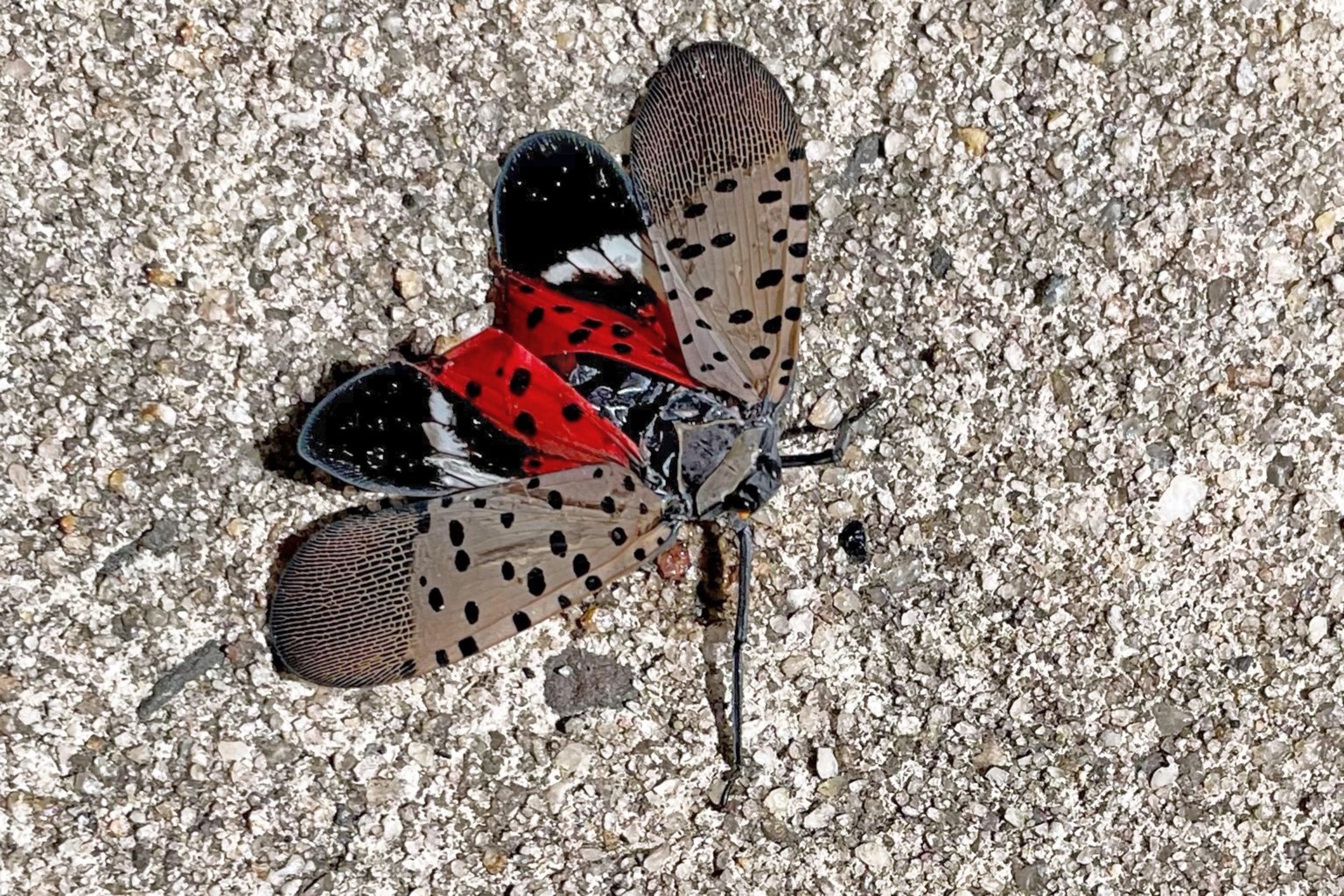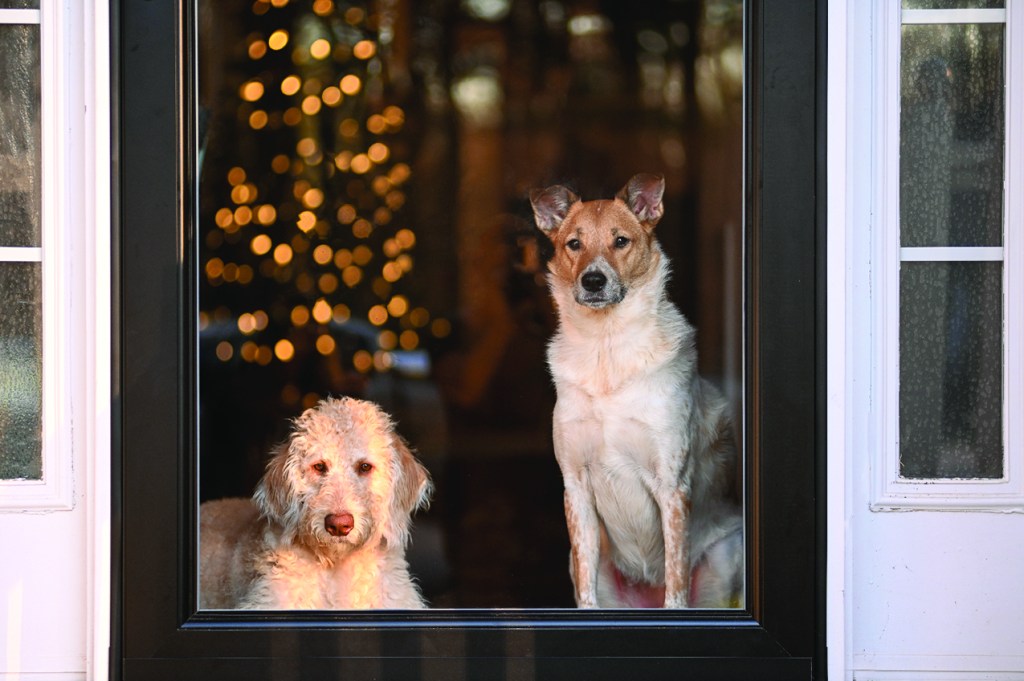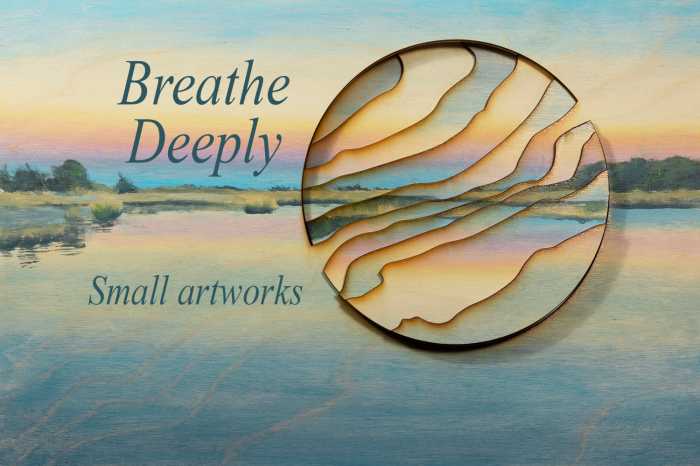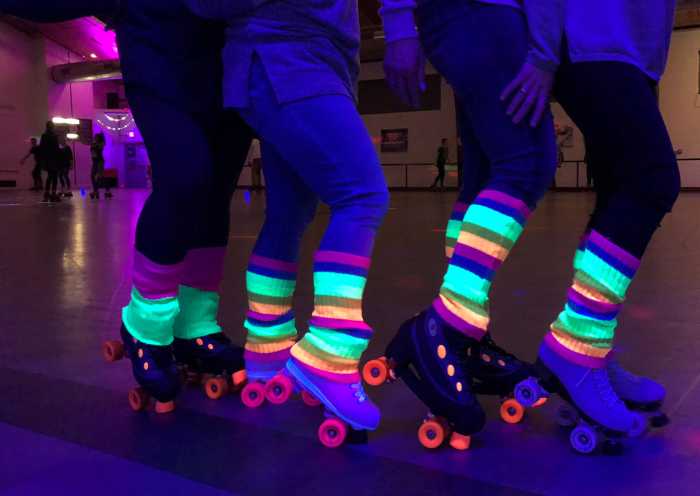Spotted Lanternflies Remain a Threat to North Fork Wine Country

Spotted lanternflies have returned for their fifth consecutive summer in New York State, sparking worries among the state’s agricultural economy, especially on the East End, where the invasive pests may harm local vineyards.
According to the Department of Environmental Conservation, the red and black insects’ feeding habits of sucking sap from over 70 plant species can cause an immediate threat to outdoor recreation, forests, crops, and gardens. Grapes tend to be a major target, which can stir up trouble for the more than 30 vineyards in the North Fork, but officials keep a close eye out and monitor attentively, while encouraging the public to do the same.
As of July 29, many reports were spotted in Nassau and Suffolk counties as far as Riverhead, according to an Aug. 14 press conference with state Department of Agriculture and Markets officials and experts from Cornell University’s College of Agriculture and Life Sciences Integrated Pest Management program. Residents in both counties no longer need to report sightings, but they will be accepted if the infestations are in a non-routine area.
“We don’t fully understand the dynamics of the population of spotted lanternfly,” Christopher Logue, Director of the New York State Department of Agriculture and Markets Division of Plant Industry said at the conference. “We think it has to do with really high populations in depleting the food source and then the population drops. We’re really reliant upon the research community to help us answer some of those questions and make our program more effective in the future.”
Spotted lanternflies are prone to lay their eggs in masses in the months of September to December, particularly on vehicles, outdoor furniture, and firewood. The best tools and ways to capture the insects and reduce the increasing infestations are purchasing circle and sticky traps, trap trees and vacuum removals, according to Brian Eshenaur, an associate director and Invasive Species IPM Coordinator at Cornell CALS.
For more information regarding the spotted lanternflies in New York State, visit agriculture.ny.gov.









